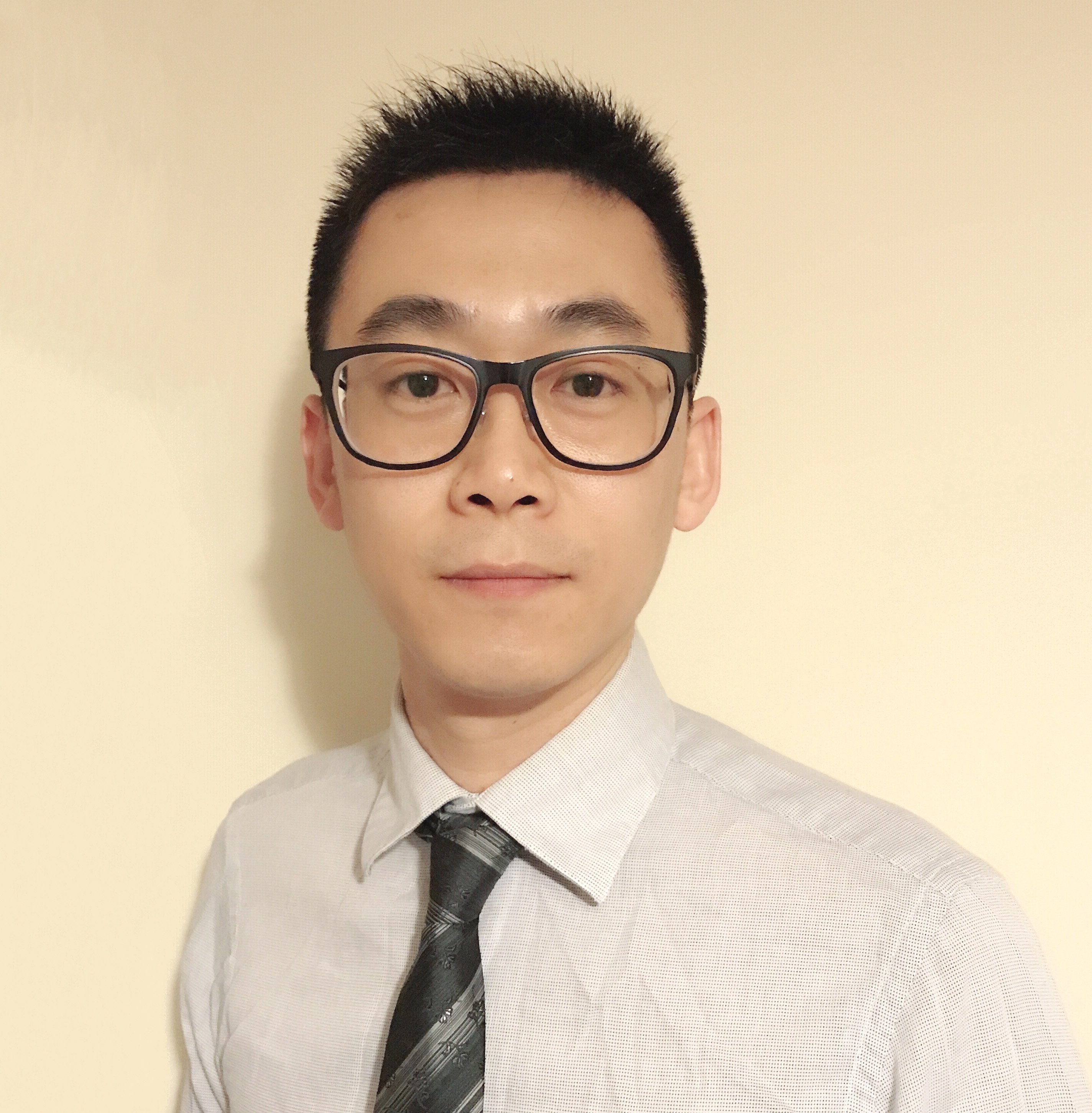Future Prospects of Additive Manufacturing
A special issue of Micromachines (ISSN 2072-666X). This special issue belongs to the section "D3: 3D Printing and Additive Manufacturing".
Deadline for manuscript submissions: 30 September 2024 | Viewed by 4312
Special Issue Editors
Interests: additive manufacturing; metals and alloys; metal-matrix composite; microstructure and mechanical property
Interests: additive manufacturing; 3D printing; cold spraying; digital light processing; selective laser melting; high velocity imaging; numerical simulation
Special Issues, Collections and Topics in MDPI journals
Interests: additive manufacturing; laser powder bed fusion; sintering; titanium alloys; nickel superalloys; aluminum alloys; corrosion behavior; surface treatment; porous structure; mechanical property; microstructure
Interests: additive manufacturing (AM); metal matrix composites; metals and alloys; shape memory alloys
Special Issues, Collections and Topics in MDPI journals
Interests: selective laser melting; additive manufacturing; porous structures; metal 3D printing
Special Issues, Collections and Topics in MDPI journals
Special Issue Information
Dear Colleagues,
Manufacturing has always been an industry driven by innovation and technological evolution. In the last four decades, additive manufacturing has revolutionized the manufacturing industry by rapidly prototyping geometrically complex parts without costly tooling or long lead times. Today, it is fair to say that understanding the future of additive manufacturing is key to getting to grips with the latest trends in manufacturing.
This Special Issue aims to explore the prospects of various additive manufacturing techniques, as well as their innovative applications in aerospace, marine, automobile, healthcare, sustainability, and more. The main focus is on novel techniques and materials for additive manufacturing, microstructure evolution and properties of additively manufactured components, process optimization, machine learning assistance, online monitoring and feedback, multi-scale and multi-physics simulations, topology optimization, industrial-scale additive manufacturing, etc. We look forward to receiving your contributions to the Special Issue of Future Prospect of Additive Manufacturing with original research work, review articles, and short communications.
Dr. Haiyang Fan
Dr. Shuo Yin
Dr. Jincheng Wang
Dr. Sasan Dadbakhsh
Dr. Changjun Han
Guest Editors
Manuscript Submission Information
Manuscripts should be submitted online at www.mdpi.com by registering and logging in to this website. Once you are registered, click here to go to the submission form. Manuscripts can be submitted until the deadline. All submissions that pass pre-check are peer-reviewed. Accepted papers will be published continuously in the journal (as soon as accepted) and will be listed together on the special issue website. Research articles, review articles as well as short communications are invited. For planned papers, a title and short abstract (about 100 words) can be sent to the Editorial Office for announcement on this website.
Submitted manuscripts should not have been published previously, nor be under consideration for publication elsewhere (except conference proceedings papers). All manuscripts are thoroughly refereed through a single-blind peer-review process. A guide for authors and other relevant information for submission of manuscripts is available on the Instructions for Authors page. Micromachines is an international peer-reviewed open access monthly journal published by MDPI.
Please visit the Instructions for Authors page before submitting a manuscript. The Article Processing Charge (APC) for publication in this open access journal is 2600 CHF (Swiss Francs). Submitted papers should be well formatted and use good English. Authors may use MDPI's English editing service prior to publication or during author revisions.
Keywords
- dedicated materials for additive manufacturing
- post-processing technologies
- topological design for additive manufacturing
- multi-scale and multi-physics simulations
- online real-time quality monitoring in additive manufacturing
- 3D bioprinting
- hybrid additive manufacturing
- multi-material additive manufacturing
- field-assisted additive manufacturing
- novel applications of additive manufacturing
Benefits of Publishing in a Special Issue
- Ease of navigation: Grouping papers by topic helps scholars navigate broad scope journals more efficiently.
- Greater discoverability: Special Issues support the reach and impact of scientific research. Articles in Special Issues are more discoverable and cited more frequently.
- Expansion of research network: Special Issues facilitate connections among authors, fostering scientific collaborations.
- External promotion: Articles in Special Issues are often promoted through the journal's social media, increasing their visibility.
- e-Book format: Special Issues with more than 10 articles can be published as dedicated e-books, ensuring wide and rapid dissemination.
Further information on MDPI's Special Issue polices can be found here.








